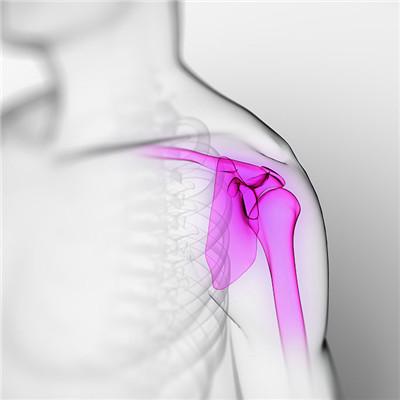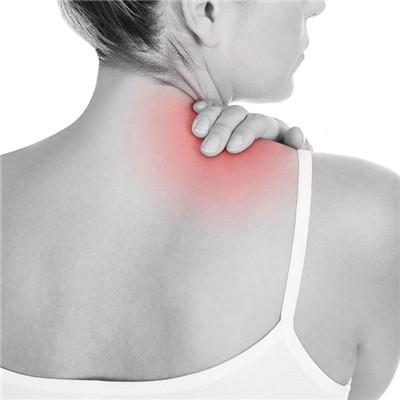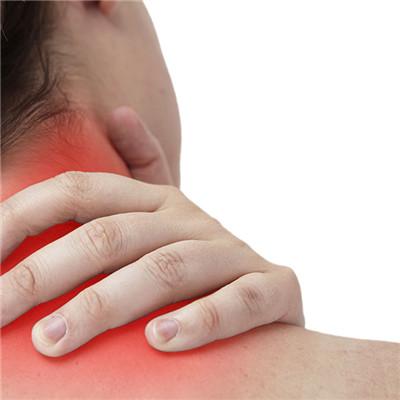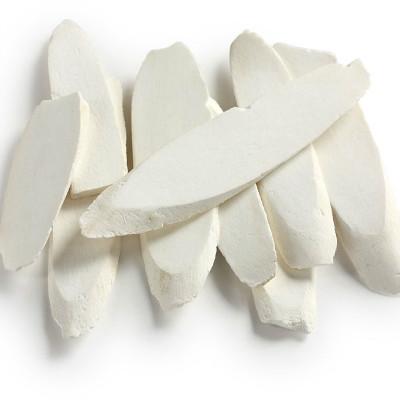What symptom is shoulder dislocated
summary
Yesterday, my father was moving heavy things. I got up early this morning and said that my shoulder was sore and a little swollen. It didn't work if I pasted a pain relief patch. I checked it on the Internet. It's a bit like shoulder dislocation, but I'm not sure. So what are the symptoms of shoulder dislocation.
What symptom is shoulder dislocated
First, the main manifestations of traumatic anterior dislocation of shoulder are pain of shoulder joint, swelling of surrounding soft tissue and limited joint movement. The healthy hand is often used to support the forearm of the affected limb, and the head is inclined to the affected shoulder, so as to reduce activity, muscle traction and pain. Swelling, pain, limitation of active and passive motion of injured shoulder. The affected limb is elastically fixed in a mild external stand, with the healthy hand supporting the affected arm, and the head and trunk inclining to the affected side.

Second, elastic fixation: the upper arm remains fixed in the slightly abducted and anteflexion position, and any movement in any direction will cause pain; positive Dugas sign: the elbow of the affected limb is close to the chest wall, and the affected hand cannot touch the opposite shoulder; on the contrary, the affected hand has been placed on the opposite shoulder, and the affected limb cannot touch the chest wall;

Third: deformity: from the front of the patient, the affected shoulder lost the normal full round blunt shape, showing a "square shoulder" deformity, the distance from the acromion to the lateral epicondyle of the humerus increased; the deltoid muscle of the shoulder collapsed, showing a square shoulder deformity, the displaced humeral head could be touched in the armpit, under the coracoid process or under the clavicle, and the glenoid cavity was empty.

matters needing attention
Don't move the joints. The dislocated joint should be fixed before rescue. Do not try to move the dislocated joint or forcibly reset it, so as not to damage the muscles, ligaments, nerves and blood vessels around the joint.














